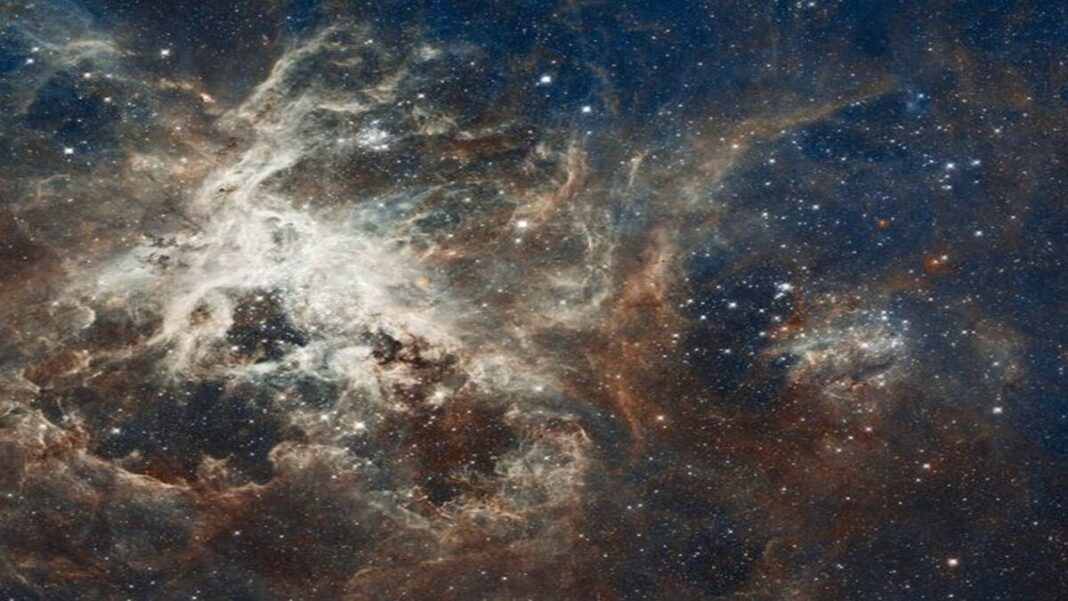UNITED STATES: Researchers from the University of Würzburg in Germany recently discovered that Milky Way galaxy’s star-forming rates are higher than previously believed.
The research, led by physicist Thomas Siegert of the University of Würzburg and coworkers, casts doubt on the conventional knowledge that star formation is a predictable process.
In addition to being published in Astronomy and Astrophysics, the paper was made available on the preprint server arXiv.
Stars are created within the dust clouds and are dispersed throughout the majority of galaxies, according to the National Aeronautics and Space Administration (NASA).
The Orion Nebula is an iconic illustration of one such cloud. Deep inside these clouds, turbulence creates knots with enough mass for the gas and dust to start collapsing under the pull of their own gravitational attraction.
“The cloud’s centre material starts to heat up as it breaks up. This heated core at the centre of the collapsing cloud is known as a protostar, and it will eventually become a star,” Siegert added.
According to reports, the Milky Way galaxy is expected to produce stars at a rate of around two suns’ worth of material per year.
This is predicted to be an average of six or seven stars per year because the majority of Milky Way stars are considerably less massive than the Sun.
The stars that make up the mass of the sun are actually undergoing development four to eight times per year, according to a recent study.
This means, our galaxy would create between 10 and 20 stars per year if we were to count all the stars that are not as massive as the Sun.
Astrophysicist Thomas Siegert stated that understanding the star formation rate is crucial for understanding galaxy evolution.
Also Read: NASA’s Perseverance Rover Celebrates Two Years of Exploration on Mars



